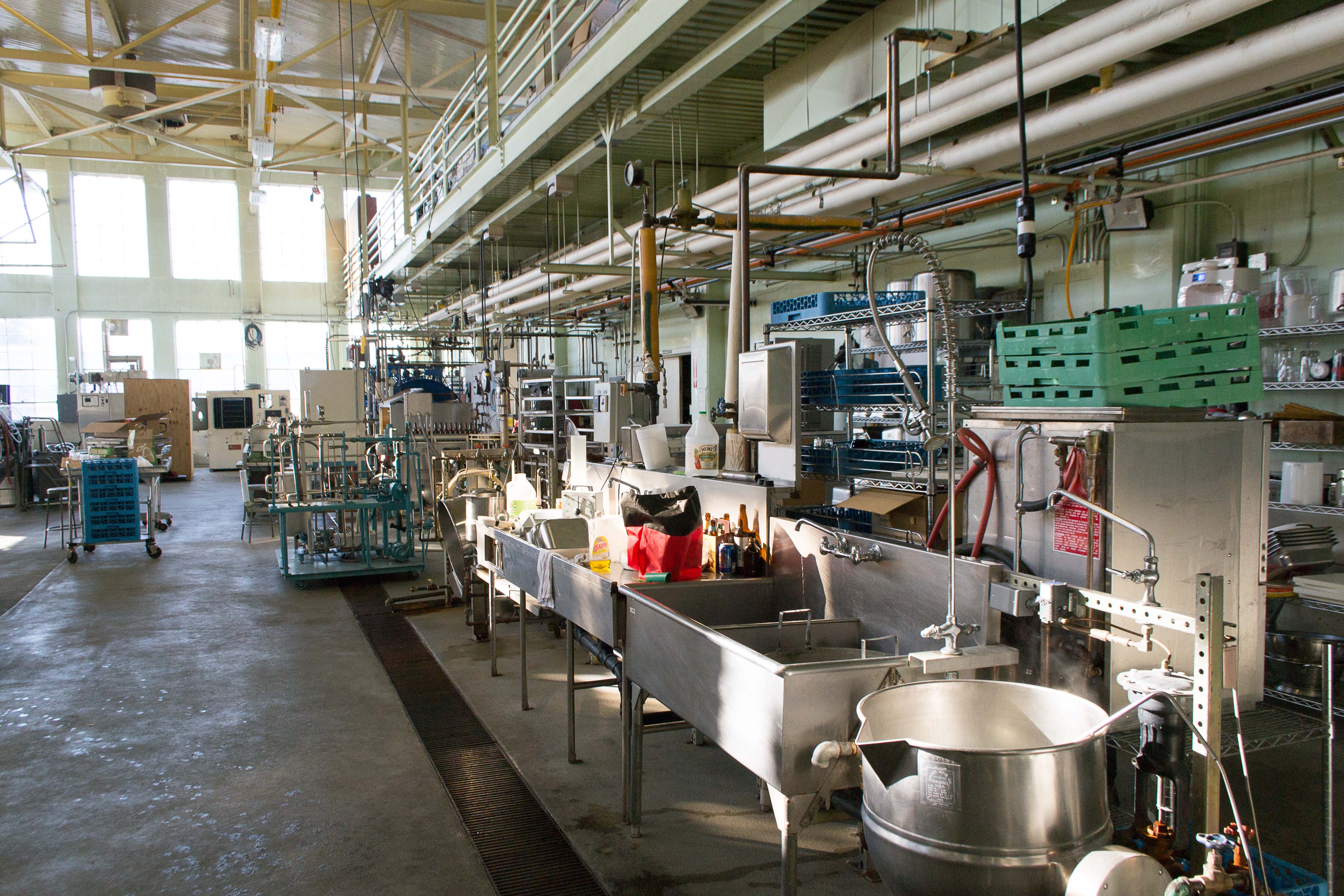
The effects of sequential heat treatment on microbial reduction and spore inactivation during milk processing
Sign Up to like & getrecommendations! Published in 2020 at "International Dairy Journal"
DOI: 10.1016/j.idairyj.2020.104648
Abstract: Abstract Sequential heating processes are commonly applied to milk by the dairy industry as part of their microbiological control strategy. Often pasteurisation at 72 °C is followed by a sequential high heat treatment step of up… read more here.
Keywords: milk; heat treatment; heat; microbial reduction ... See more keywords

Milk processing wastewater treatment in an MBR: A comparative study on the use of two synthetic anti-fouling PES-UF membranes
Sign Up to like & getrecommendations! Published in 2019 at "Journal of Environmental Chemical Engineering"
DOI: 10.1016/j.jece.2019.103369
Abstract: Abstract Recently, membrane bioreactors (MBRs) have received extensive attention as an innovative wastewater treatment technology. Nevertheless, membrane fouling as a serious barrier has avoided the widespread application of the MBRs. In the present study, two… read more here.
Keywords: wastewater; milk processing; wastewater treatment; study ... See more keywords

Anomaly detection during milk processing by autoencoder neural network based on near-infrared spectroscopy
Sign Up to like & getrecommendations! Published in 2021 at "Journal of Food Engineering"
DOI: 10.1016/j.jfoodeng.2021.110510
Abstract: Abstract Anomaly detection during milk processing (such as changes in fat or temperature, added water or cleaning solution) can assure a satisfactory final product quality, including compositional and hygienic characteristics, as well as adulteration with… read more here.
Keywords: spectroscopy; milk; milk processing; autoencoder ... See more keywords

Current progress of emerging technologies in human and animals' milk processing: Retention of immune-active components and microbial safety.
Sign Up to like & getrecommendations! Published in 2022 at "Comprehensive reviews in food science and food safety"
DOI: 10.1111/1541-4337.13019
Abstract: Human milk and commercial dairy products play a vital role in humans, as they can provide almost all essential nutrients and immune-active components for the development of children. However, how to retain more native immune-active… read more here.
Keywords: safety; emerging technologies; active components; milk ... See more keywords

Inkjet Printed Interdigitated Biosensor for Easy and Rapid Detection of Bacteriophage Contamination: a Preliminary Study for Milk Processing Control Applications
Sign Up to like & getrecommendations! Published in 2019 at "Chemosensors"
DOI: 10.3390/chemosensors7010008
Abstract: Bacteriophages are responsible for significant material and time losses in the dairy industry. This because these viruses infect the selected lactic starter cultures used for milk fermentation, i.e., the first stage toward cheese production. Standard… read more here.
Keywords: microscopy; detection bacteriophage; milk processing; bacteriophage contamination ... See more keywords

Milk Processing Affects Structure, Bioavailability and Immunogenicity of β-lactoglobulin
Sign Up to like & getrecommendations! Published in 2020 at "Foods"
DOI: 10.3390/foods9070874
Abstract: Bovine milk is subjected to various processing steps to warrant constant quality and consumer safety. One of these steps is pasteurization, which involves the exposure of liquid milk to a high temperature for a limited… read more here.
Keywords: milk; bioavailability immunogenicity; structure bioavailability; processing affects ... See more keywords